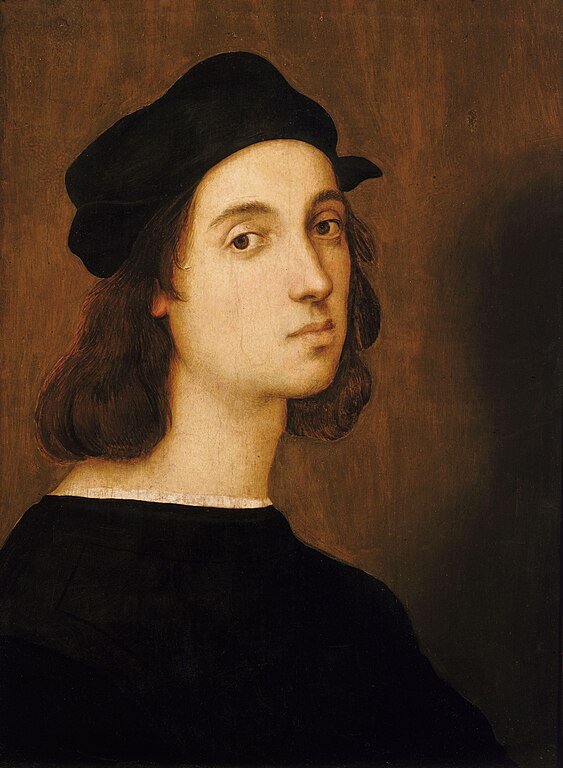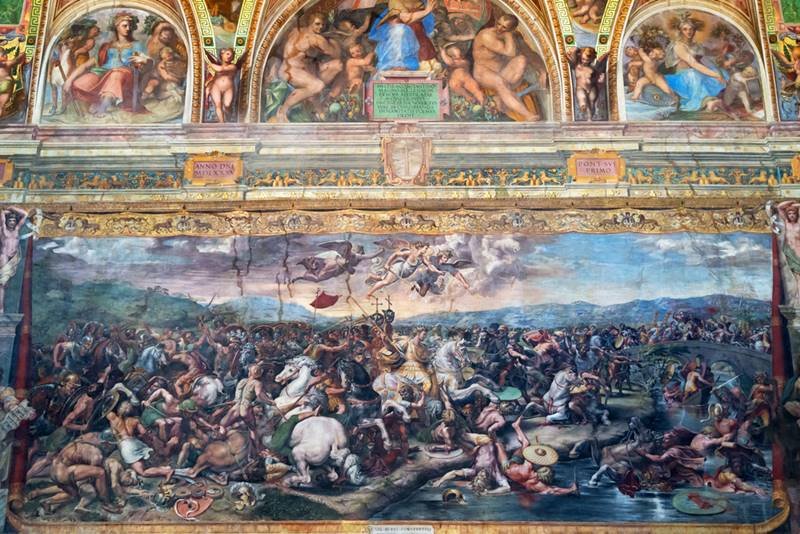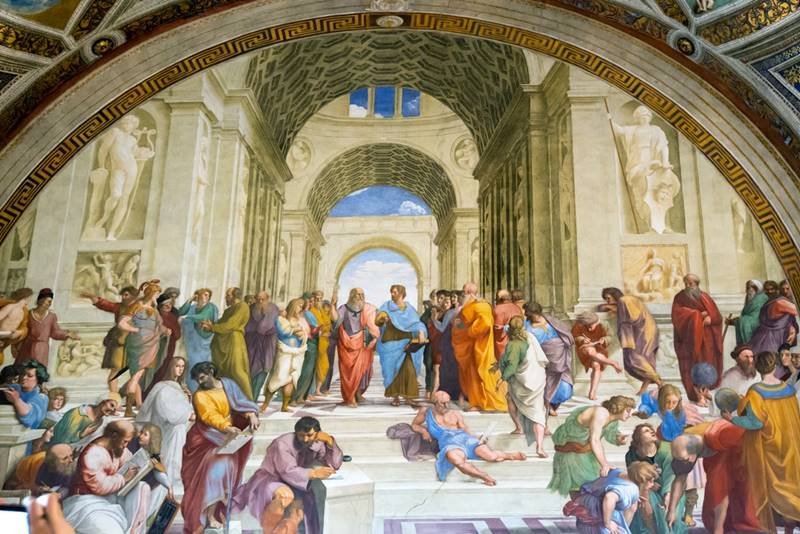The Raphael Rooms, or Stanze di Raffaello, are among the most celebrated treasures of the Vatican Museums, showcasing the genius of Renaissance art through the works of Raphael and his workshop.
These four rooms, originally commissioned by Pope Julius II as his private apartments, are adorned with stunning frescoes that depict a harmonious blend of classical themes, religious narratives, and political symbolism.
Visitors to the Raphael Rooms experience an unparalleled journey through Raphael’s mastery of color, perspective, and storytelling, making these rooms a highlight of any visit to the Vatican Museums.
About Raphael Sanzio

Raphael Sanzio (1483–1520) was one of the most prominent artists of the High Renaissance, renowned for his exceptional skill in painting, architecture, and design. Born in Urbino, Italy, Raphael displayed an extraordinary talent from an early age, studying under master artists such as Perugino.
His career flourished in Florence, where he absorbed influences from Leonardo da Vinci and Michelangelo, before being summoned to Rome by Pope Julius II. Raphael’s ability to harmonize classical ideals with innovative techniques made him a favorite of the papal court.
Despite his untimely death at the age of 37, Raphael left behind an enduring legacy that continues to inspire artists and admirers worldwide.
Room of Constantine

The Room of Constantine, the largest of the four, was completed by Raphael’s pupils after his untimely death in 1520. This room depicts the life and triumphs of Emperor Constantine, the first Roman emperor to convert to Christianity.
The frescoes, including “The Vision of the Cross” and “The Battle of Milvian Bridge,” highlight the themes of divine intervention and the victory of Christianity over paganism.
The grand scale and dramatic compositions reflect the room’s purpose as a space for public ceremonies, leaving visitors awestruck by its monumental artistry. This room was painted between 1517 and 1524.
Room of Heliodorus
The Room of Heliodorus illustrates themes of divine protection and intervention, emphasizing the power of the Church. Raphael painted these frescoes during Pope Julius II’s papacy, with notable works like “The Expulsion of Heliodorus” and “The Liberation of Saint Peter.”
The intricate details, vibrant colors, and dramatic lighting in these frescoes showcase Raphael’s ability to convey emotion and movement.
This room served as a private audience chamber, and its intimate yet powerful imagery reflects the Pope’s desire to affirm the strength and authority of the Church. The frescoes in this room were painted between 1511 and 1514.
Room of the Segnatura

The Room of the Segnatura is perhaps the most famous of the Raphael Rooms, featuring the iconic “School of Athens,” a masterpiece that celebrates philosophy, science, and the human intellect. This room was initially used as Pope Julius II’s library and study, and its frescoes explore themes of truth, knowledge, and divine wisdom.
“The Disputation of the Holy Sacrament” and “The Parnassus” further exemplify Raphael’s skill in integrating complex theological and classical themes.
The balance, perspective, and harmony in this room make it a cornerstone of Renaissance art. The frescoes in the Room of the Segnatura were painted between 1508 and 1511.
Room of the Fire in the Borgo
The Room of the Fire in the Borgo recounts historical events and miracles associated with the Church, focusing on the papacy of Leo IV. The titular fresco, “The Fire in the Borgo,” depicts the miraculous extinguishing of a fire in the Vatican district through the Pope’s blessing.
This room highlights Raphael’s evolving style, with more dynamic compositions and expressive figures. The narrative depth and artistic innovation in these frescoes captivate visitors, offering a glimpse into Raphael’s creative process and the influence of his apprentices. The frescoes in this room were painted between 1514 and 1517.
Visitor Tips to appreciate Raphael Rooms
To fully appreciate the Raphael Rooms, plan your visit during quieter hours, such as early morning or late afternoon, when the crowds are thinner.
Take time to study each fresco, noting Raphael’s use of perspective and the intricate details that bring these stories to life. Guided tours or audio guides can provide valuable insights into the historical and artistic significance of each room.
The Raphael Rooms are a must-see for art lovers and history enthusiasts, offering an unforgettable experience of Renaissance artistry at its finest.
More to Discover at Vatican Museums:
- The Radiant Gallery of Candelabra in the Vatican Museums
- The Sistine Chapel: A Masterpiece of Art and Faith
